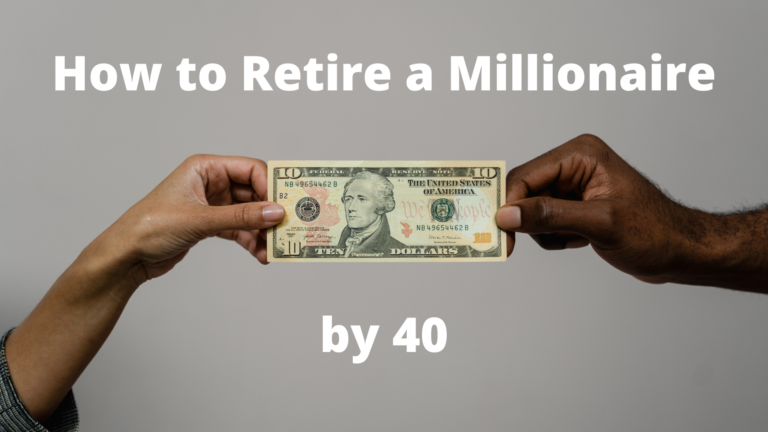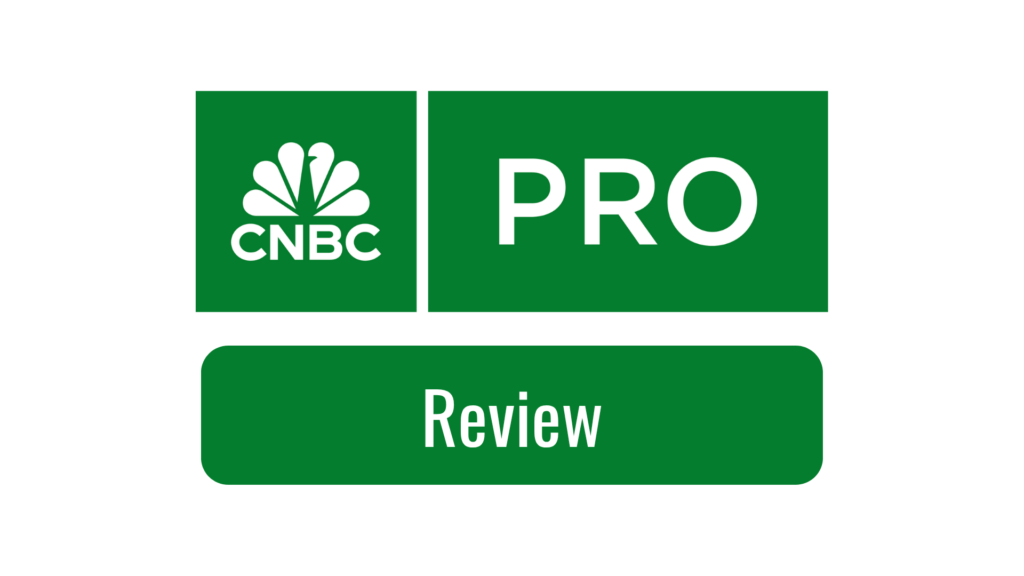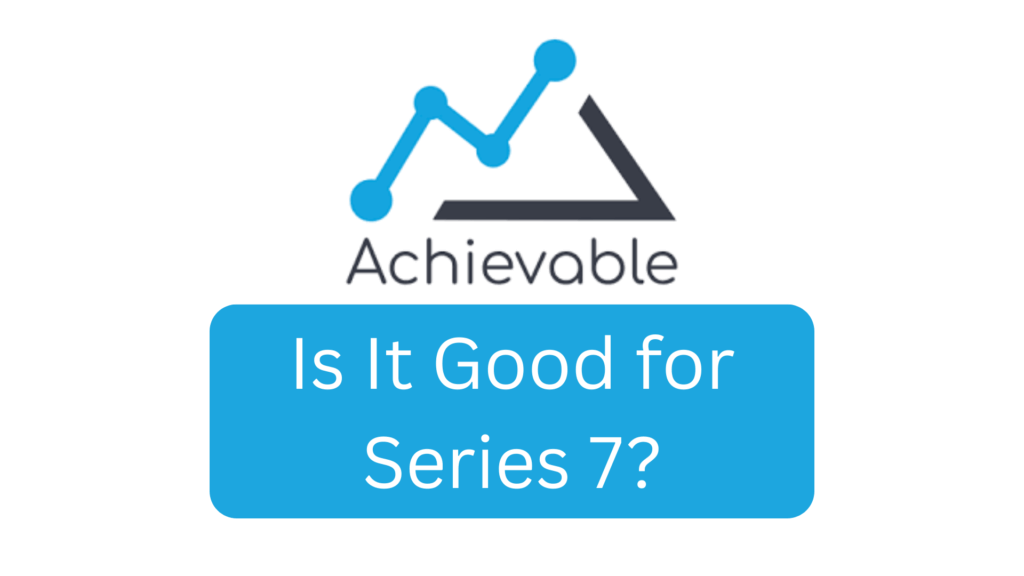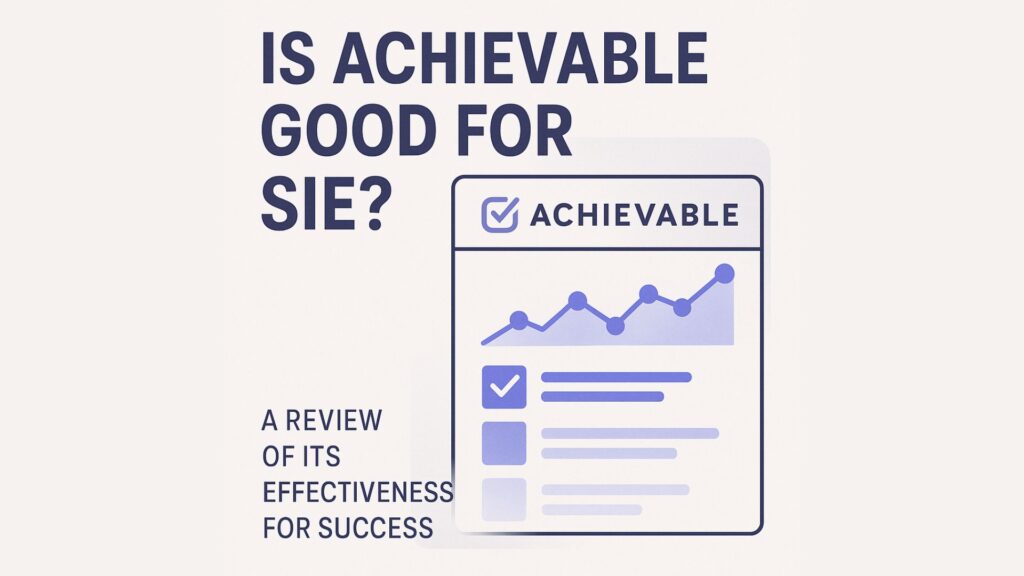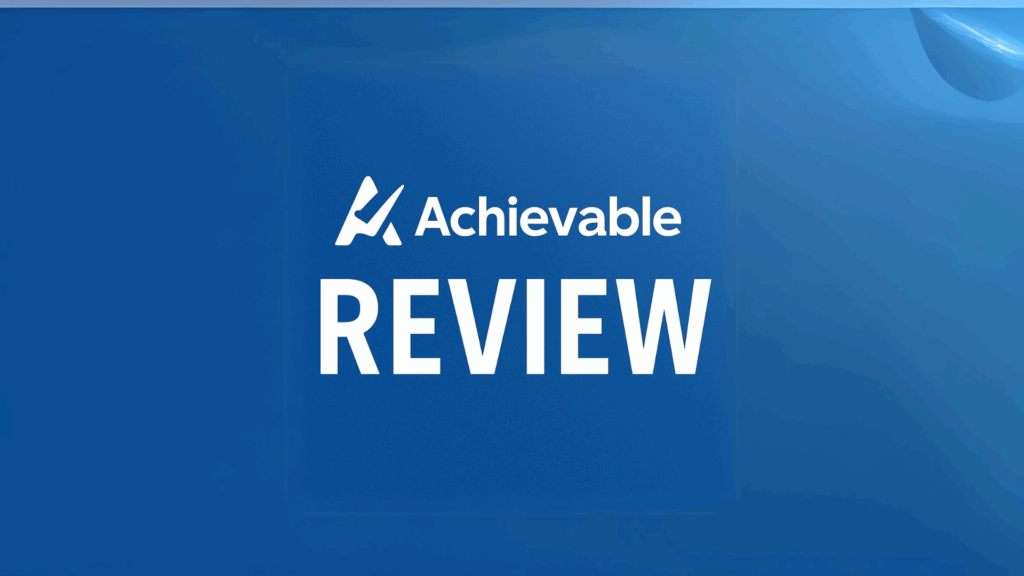How to Retire a Millionaire by 40
According to the Natixis Global Retirement Index, 36% of Americans think that they’ll never have enough money to retire.
That’s pretty rough.
But since you’re a Wall Street Survivor, you know that the path to a proper retirement starts early. You have to work hard, start saving now, and make a daily promise to yourself to keep working towards your financial goals.
But what if you don’t want a normal, run-of-the-mill retirement that you can only start enjoying when you’re 65? What if you want to retire early and maximize the amount of time to spend with your friends and family, travel, or pursue the hobbies you love?
That’s what we’re here to talk about today. We’re going to discuss all the steps you need to take to make sure that you can retire a millionaire by the time you’re 40.
Work Hard, Play Less

If you want to retire early, it’s going to take a lot of work. On average, you can set yourself up for an on-time retirement in your 60s by saving 15-20% of your income. But if you want to retire when you’re 40, you’re looking at saving 50% or more of your income. If you’ve read our article on the 50/20/30 rule, you’ll recall that it’s generally good to save 20% of your income while making sure that your essential expenses add up to no more than 50% of your income. But if you want to retire early, you’ll have to flip this thinking around. Your essential expenses should be as little as possible; in other words, you’ll have to live very frugally. You won’t be able to spend 30% of your income on personal expenses. This means going out a lot less, making food at home, and saying “no” to some of the entertainment you enjoy.
I know it’s not easy, but this kind of sacrifice is what it takes to start your journey towards an early retirement. Plus, you might even find joy in cooking at home, spending a night in, and finding new hobbies that don’t cost any money!
The 4% Rule
The 4% rule states that you can comfortably withdraw 4% of your savings per year in retirement. For example, if you’ve saved up $1,000,000 by retirement, you can withdraw $40,000 per year.
The 4% rule is especially important when it comes to retiring early. If you retire at age 65, then you only need your nest egg to last you about 15 years (on average). But if you want to retire at age 40, then your retirement fund will need to last you about 40 years or more!
This is why it’s important to be realistic about your retirement goals. Do you think you can live off of $40,000 a year and still live the kind of lifestyle you want? If so, then great! $1,000,000 is a good retirement savings goal for you.
But there are many people who want to live a more lavish lifestyle in their later years. This might mean taking several expensive vacations a year, going on long cruises, signing up for high-end country clubs, and eating fancy meals. If this is you, you should be honest with yourself so that you don’t run out of money after you’ve been retired for 20 years!
If you want to hold yourself accountable and make sure your retirement goals are realistic, I would strongly recommend that you build a retirement budget. Take some time to think about what kind of lifestyle you want to live in retirement and assign dollar values to those activities. Once you know how much money you’ll be withdrawing per year, multiply that number by 25 (since that annual withdrawal amount should be 4% of your total savings). The number you get will be the amount you need to have saved up before you retire! So if I want to withdraw $60,000 a year in retirement, my retirement fund needs to be $1.5 million before I can retire.
Passive Income
Another great way to set yourself up for an early retirement is to start building passive income as soon as you can. And by passive income, I mean money that you earn when you aren’t actually working. If you can build up your passive income to an amount that can replace your current income (or more importantly, give you the income you want in retirement), then you won’t have to work at all and the money will keep rolling in!
Dividend stocks are a great way to build passive income. Dividends are payments that some companies take out of their profits and pass onto their stockholders. Dividends are often small amounts of money that are determined by the number of shares you hold, but they can add up if you own lots of shares. It’s important to note that companies are not required to pay dividends to their shareholders, but several companies have built a reputation for themselves by reliably paying out dividends every year. If you put enough money into companies that consistently reward their stockholders with dividends every quarter, you’ll have another stream of income.
If you’re looking for an investing platform you can use to invest in dividend stocks as a part of your passive income strategy, check out Robinhood. Robinhood made a name for itself by offering commission-free trading for all. When you sign up for a free account, you’ll get a free stock worth up to $225. SIGN UP NOW TO RECEIVE YOUR FREE STOCK!
If you’re an international investor or you’re looking for a more advanced trading platform, then you should head over to Interactive Brokers. We rated Interactive Brokers our #1 brokerage for international traders it gives you access to 135 financial markets in 33 countries while connecting you to some of the best cutting-edge trading technology available. CLICK HERE TO CHECK OUT INTERACTIVE BROKERS NOW!
Rental Properties

One of the most common and most reliable forms of passive income is real estate. If you can own a sizeable portfolio of properties and rent them out, you’ll earn a reliable monthly income while also providing your tenants with a place to live!
Do Your Research
Step one for purchasing a rental property is doing your research. It’s important to know what the housing market looks like in the area where you want to buy a rental property. Is it currently a buyer’s market or a seller’s market? What are the values of comparable properties in the area? Is the area expecting a boom or a decline in property prices over the next few years? If you take a look at the housing market in the area and don’t like the results you see, it might be wise to wait a few years until the market turns around or look at another area entirely.
Make a Down Payment
Step two is saving up enough for a down payment on the property. The average down payment is about 6% of the property value, but with first-time home buyers assistance, you can get this amount down to about 3%! So if you buy a property worth $300,000, you could potentially get your down payment down to around $9000. Unfortunately, many loans require you to purchase PMI, or private mortgage insurance, which is a type of insurance that protects the lender in the event that you default on the loan. Luckily, though, you can cancel this insurance policy once you build up 20% equity in the property through mortgage payments.
You can significantly reduce the amount of the down payment that your bank will require by having a good credit history. If you want some tips on how to build credit, check out our article on what factors affect your credit score!
Do you not know your credit score or you’ve already used up your free credit report request for the year? Credit Karma can help with that. Credit Karma gives you FREE updates on your credit score and even gives you tips on why your score is what it is and how you can improve it. CLICK HERE to check out Credit Karma!
Start Renting
Once you’ve paid your down payment and have your mortgage up and running, you’ll need to make sure you can find a tenant as quickly as possible. This is because the longer you wait to find a tenant, the more money you’ll lose since the mortgage payment will fall on you. Ideally, you would have a renter lined up as soon as you have the property ready to be lived in so that there’s as little time as possible where you’re responsible for the mortgage.
Make a Profit
Now that you have a tenant renting out your property, you’re good to go! The tenant’s rent will ideally be enough to cover the mortgage payment, and whatever is leftover is passive income for you. Once the mortgage is completely paid off, the entire rent payment goes right into your savings!
Other Ways to Build Passive Income

You can also look into other ways of building passive income besides rental properties. For example, if you start a business that doesn’t require too much of your time after you get it going, you’ll have a good passive income stream. This may come in the form of a website where you market affiliate offers, a YouTube channel, or even a flipping business on Amazon or eBay.
How Much Money Do You Need?
Now, let’s talk numbers. How much money do you actually need to retire by 40? Of course, there are a lot of different factors at work here. As is often the case in finance, we’re going to have to make assumptions about the future. So, let’s assume that you can make an 8% return on your investments before retirement, and a 4% return during retirement (after you’ve moved into safer investments like bonds). We’ll use 2% as our annual inflation rate. And lastly, we’ll assume that you can live off of $40,000 per year in retirement. With all of these assumptions, you will need a little over $1 million to retire at age 40. If you’re currently 21 years old, this means you’ll have to invest about $4000 a month.
Final Thoughts
I know that’s a lot. In fact, for most 21 year olds, that can be almost as much as you make in a month. But I never said it was going to be easy! If $4000 seems impossible, you just have to take baby steps to get there. You can start cutting back on your expenses, find a side hustle, and start building your streams of passive income.
Trending: Financial Newsletters and Apps
- Best Finance Games for Students
- CNBC Pro Review: Is This Premium Subscription Worth Your Investment?
- Is Achievable Good for Series 7? A Comprehensive Review of the Course
- Is Achievable Good for SIE? A Review of Its Effectiveness for Success
- Achievable Review: An Honest Look at Its Effectiveness for Students
- Is Moby Premium Worth It? A 2025 Review of Features, Stock Picks, and Value
Recommended for You
- CNBC Pro Review: Is This Premium Subscription Worth Your Investment?
- Is Achievable Good for Series 7? A Comprehensive Review of the Course
- Is Achievable Good for SIE? A Review of Its Effectiveness for Success
- Achievable Review: An Honest Look at Its Effectiveness for Students
- Is Moby Premium Worth It? A 2025 Review of Features, Stock Picks, and Value
- Best Moby App Promo and Discount Codes: Amazing Savings for 2025
We are paid subscribers to dozens of stock newsletters. We actively track every recommendation from all of these services, calculate performance, and share the results of the top performing stock newsletters whose subscriptions fees are under $500. The main metric to look for is "Excess Return" which is their return above that of the S&P500. So, based on last 3 years ending June 29, 2025:The Best Stock Newsletters as of June 29, 2025
Ranking of Top Stock Newsletters Based on Last 3 Years of Stock Picks
Rank Stock Newsletter Stock
PicksAverage
ReturnExcess
ReturnPercent
ProfitableMax %
Return1. ![]()
Alpha Picks76 63% 40% 73% 969% Summary: 2 picks/month based on Seeking Alpha's Quant Rating; Retail Price is $499/yr. See details in our Alpha Picks Review. July, 2025 Promotion:
Save $502. ![]()
Moby.co308 43.3% 12.3% 74% 1764% Summary: 60-150 stock picks per year, segmented by industry; Retail Price is $199/yr. Read our Moby Review. July, 2025 Promotion:Next pick free! 3. ![]()
Stock Advisor72 41.2% 6.9% 78% 258% Summary: 2 picks/month and 2 Best Buy Stocks lists focusing on high growth potential stocks over 5 years; Retail Price is $199/yr.
Read our Motley Fool Review.July, 2025 Promotion: Get $100 Off 4. ![]()
Value Investor39 17.5% 6.1% 38% 410% Summary: 10-25 stock picks per year based on Zacks' Quant Rating; Retail Price is $495/yr. Read our Zacks Review. July, 2025 PROMOTION:$1, then $495/yr 5. ![]()
Rule Breakers66 40.0% 4.7% 61% 311% Summary: 2 picks/month focusing on disruptive technology and business models; Lifetime average return of 355% vs S&P500's 149% since 2005; Now part of Motley Fool Epic. Read our Motley Fool Epic Review. Current Promotion: Save $200 6. 
TipRanks SmartInvestor121 10.6% 3.7% 55% 340% Summary: About 1 pick/week focusing on short term trades; Lifetime average return of 355% vs S&P500's 149% since 2015. Retail Price is $379/yr. Read our TipRanks Review. Current Promotion: Save $180 7. 
Action Alerts Plus394 20.0% 3.4% 57% 220% Summary: 100-150 trades per year, lots of buying and selling and short term trades. Read our Jim Cramer Review. Current Promotion: None 8. ![]()
Stock Advisor Canada36 32.3% 0.5% 69% 378% Summary: 1 pick/month from the Toronto stock exchange; Retail Price is CD$199/yr. Read our Motley Fool Canada Stock Advisor Review. July, 2025 Promotion: Save $100 Top Ranking Stock Newsletters based on their last 3 years of stock picks' performance through May 31, 2025 as compared to S&P500. S&P500's return is based on average return of S&P500 from date each stock pick is released. NOTE: To get these results you must buy equal dollar amounts of each pick on the date the stock pick is released. Investor Business Daily Top 50 based on performance of FFTY ETF.
